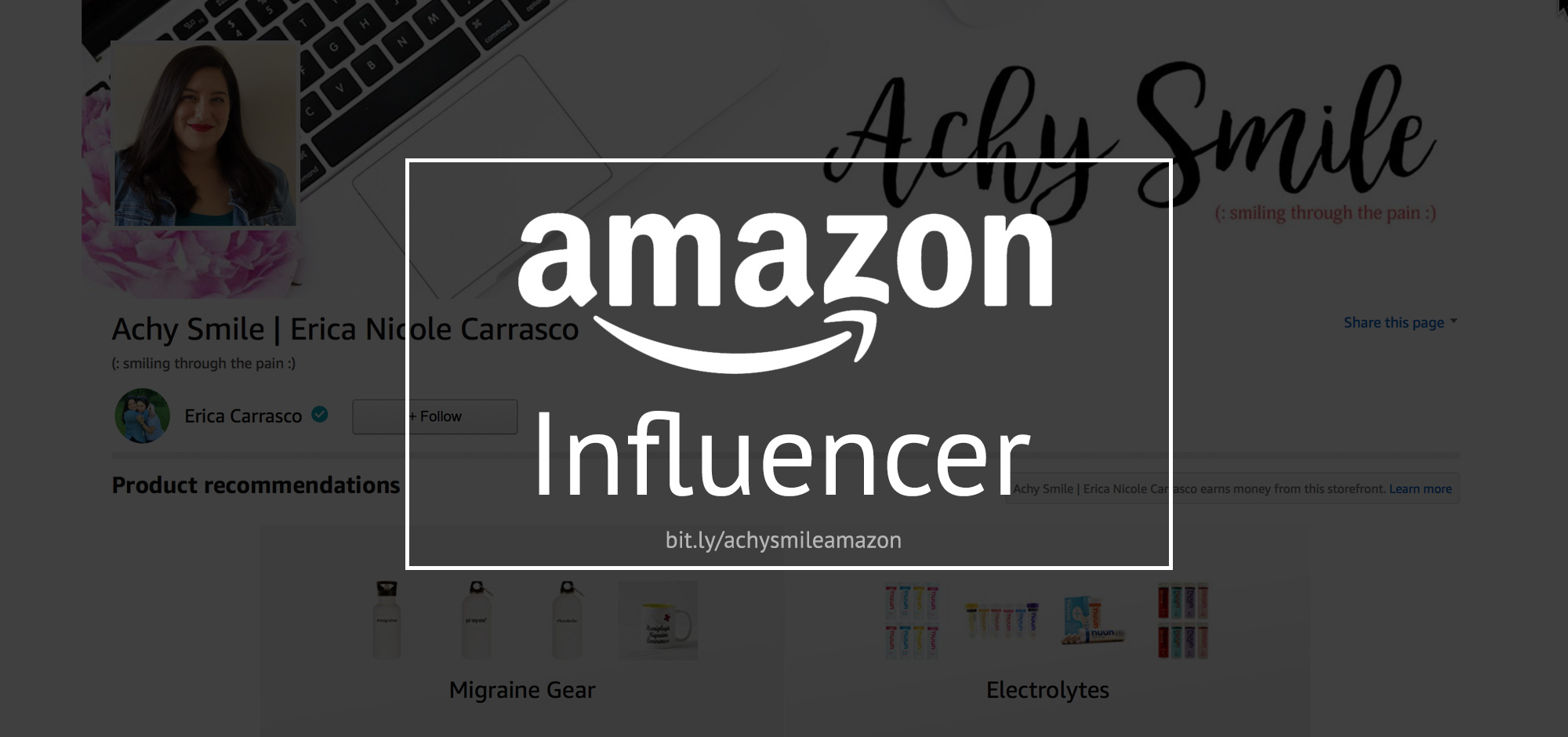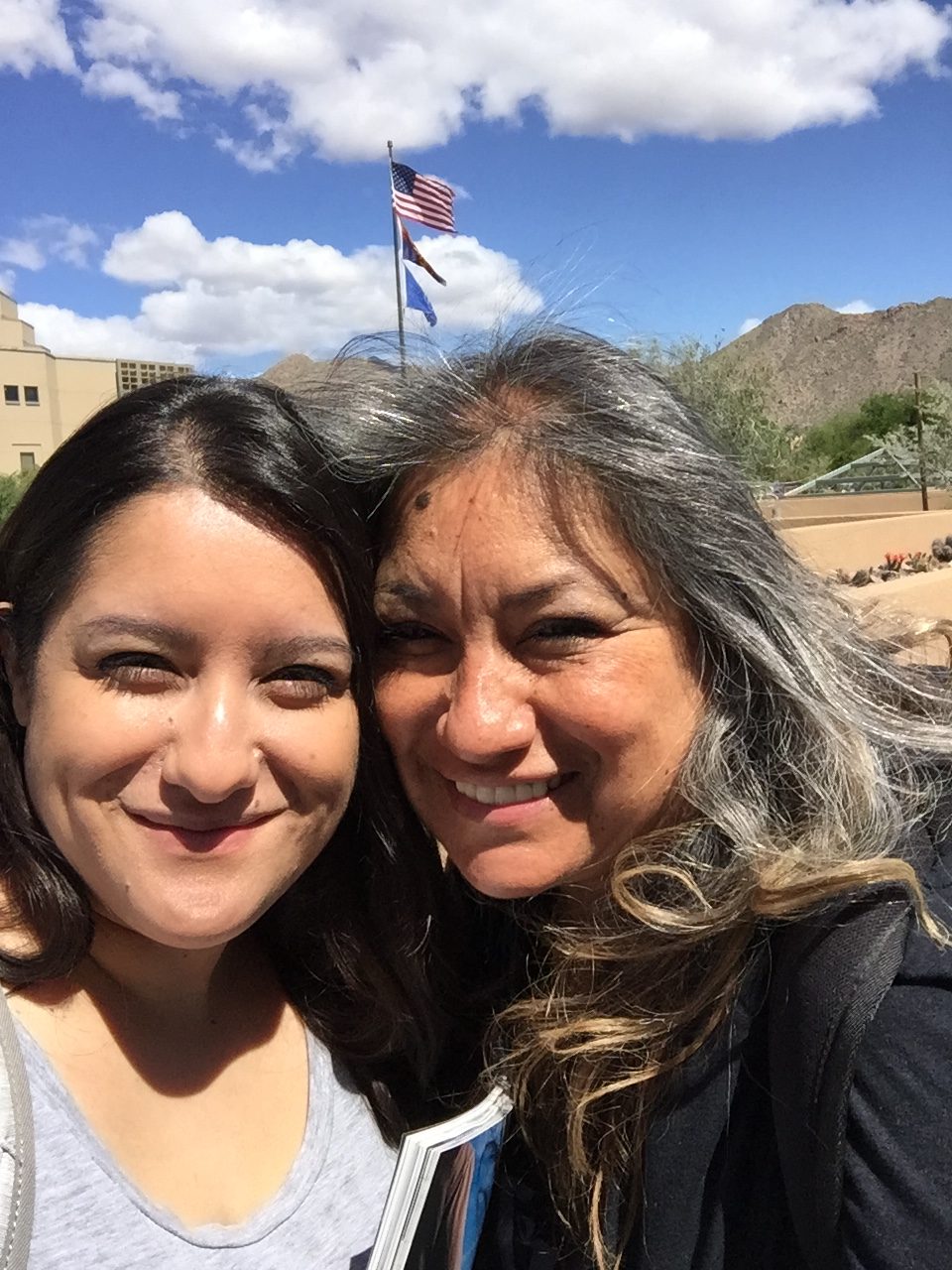In my last post we talked about my adventure to the ER in the pitch black darkness proceeded by year’s worth of searching for a diagnosis. It took 5 years for my first diagnosis of Hemiplegic Migraine (HM) and another 5 years for a neurologist at the Mayo Clinic in Arizona to agree. Countless doctors in between disagreed because HM is too rare, end of story. Wow, so many years of thinking I was going crazy!
Not knowing is depressing, can you relate? Sometimes we just don’t fit into a neat box, we’re more like a star burst! Over the years, as a board member and a past president of the Hemiplegic Migraine Foundation (now known as the International Hemiplegic Migraine Foundation), I was very fortunate to meet other HMer’s who weren’t sure what they were dealing with. They would come to our Facebook page asking questions and desperate for real answers. Their doctors couldn’t help them because they couldn’t make sense of their symptoms and had only heard the term “hemiplegic migraine” in school. To combat that we created a directory of doctors around the world who are treating HM patients and understand HM with the help of all the members. Definitely an invaluable resource for any HMer!
Hemiplegic Migraine is more than a headache or a migraine, its 20 times worse. It’s a neurological condition that affects a multiple areas of the body: a person’s mobility, cognition, nervous system, pain, and so much more. For most it’s a genetic condition passed through generations and most likely mom or grandma has it too. For others it is still genetic, but untraceable to other family members (that’s me) or a sporadic gene mutation. Most of the time people assume I’m having a stroke. Which is exactly what it looks like. Imagine going through a stroke multiple times a day, multiple times a week, almost everyday of the month. That’s me. I’m chronic. HM is already rare, but having chronic HM is even more so.
From what I understand, most HMer’s have only had one or two episodes in their life. Most of the time HMer’s have more than one medical condition. We also have comorbid conditions like seizures or MS. Some also have hormonal and electrolyte imbalances that also trigger severe HM symptoms, sometimes requiring hospitalization. There are many comorbidities one can have making diagnosis difficult for even the best of doctors. Persistence is key to finding treatment. No “body” is the same, so what may work for me will not work for you and vice versa. As I’ve mentioned in other posts, I no longer take medications because they simply don’t work or the side effects aggravated my symptoms further. Who wants that! I now use Haleigh’s Hope hemp oil and follow a diet plan that is geared towards keeping inflammation low. I use Simply BALi cookbook to keep me straight! Check out my profile. I talk about my diagnosis, all the supplements I take, eating plans, and drinks I use to help me cope everyday with HM.
The one statement the majority of us have heard from medical professionals is, “Hemiplegic Migraine is too rare for you to have, it is most likely psychological.” And on to the psychologist we go. I did, several. I’m glad I did though. I was able to sit with the therapist, discuss my conditions, talk about how depressed I was becoming and work through feelings of despair. It’s tough going from super successful career girl to hardly leaving the bed and in pain all day. Later, though, the therapist would eventually agree with me that I did have a true medical condition. My pain and inabilities were causing my depression, not the other way around. So next time a doctor tells you your symptoms are psychological, take them up on it, see the therapist for support and just to make sure this isn’t actually the case, but keep looking for a doctor who is willing to listen, research, and will not give up. A lot of times doctor’s solely go by what diagnostic tests tell them. Unfortunately, for hemiplegic migraine most diagnostic tests are completely normal.
I loved my experience at the Mayo Clinic in Arizona in 2014. They did testing I had never done before during my 10 years of searching for answers. Each doctor I saw communicated easily and quickly with each other. I felt very reassured that my care was important to them. I was also able to try biofeedback and had a visit with a psychologist to take an all around approach to healing. Unfortunately, I lost health insurance for two years after that initial appointment, I’ve never been able to go back. If you are able, I highly suggest the Mayo Clinic, they have a great neurology team!
On the other side of that, though, I wasn’t happy with the medications I had been given over the years. IF they worked, I usually had side effects that weren’t worth the risk. But most of the time, medications just didn’t work for me. I may have a high pain tolerance, but when I do feel the pain enough to keep me in bed, it’s very hard to find a pain medication that actually works, even IV pain meds. I feel like I either have a pain level of 4 or 8-10. There’s not really an in-between for me. But I don’t know that I can honestly say I’ve had a pain level under 4 for a really, really long time.
As I mentioned above, I have begun a new eating plan and take needed supplements (I have blood tests done regularly to check my levels). With the BALi Eating Plan I am hoping to lower my inflammation levels and as a bonus I love the dishes in the Simply BALi cookbook. Simply BALi is a great resource to get started on the BALi Eating Plan. It is easy to read, easy to follow, and provides steps and guides to help you reevaluate your life. For me, this is the system is the foundation I want for my life. I realize I have a long way to go to feel better, but if I can start renewing my cells from the inside out eating healthy, organic, and non-gmo foods and provide my body with vitamins and minerals that I am deficient in, I can strengthen and elevate my trigger threshold to have better days more often. I have also eliminated gluten within this last week to see if I see any improvements there. We shall see!





Leave a Reply